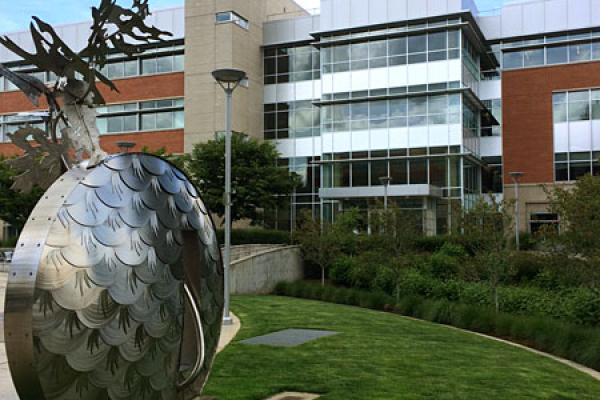A Local Improvement District (LID) is a tool that can be used by a group of property owners to share in the cost of transportation improvements. Formation of an LID is a complex process governed by state law.
To make this process as easy for you as we can, please review the following description. Please note that property owners are responsible for some steps, while the county is responsible for others.
- Prepare a petition
Property owner responsibility, with county assistance
The first step in forming an LID is the petition process. It is important that the petition be worded carefully to ensure clarity, accuracy and compliance with legal issues.Upon request, we will help you prepare a petition for your proposed LID. We can help you define the geographic boundary of your proposed LID, the scope of work and the limits of roads to be improved to include in the petition. We can also give you information on the legal ownership and tax lot descriptions of all properties along the proposed improvement so that you will know who is eligible to sign your petition.
- Gather petition signatures
Property owner responsibility
Once the petition is properly prepared, you will have to get it signed by at least 60% of the property owners along the proposed improvement, who represent at least 60% of the land area (square feet, acres, etc., and not lineal frontage feet) abutting the improvement. We encourage you to contact all property owners along the proposed improvement during your petition efforts, to avoid problems later from people who were unaware of the proposed improvement. We also suggest you obtain as many signatures as possible, to show the strength of support for your project.Once you have all the signature you need and/or are able to get, turn in the signed petitions to us.
- Verification of signatures and financial viability
County responsibility
When we receive a signed petition, we verify the signatures. In addition, since the project is typically funded by assessment bonding, the County Treasurer will review the value of the benefiting property and improvements compared to the proposed assessments to ensure that the project is financially viable. Once we have verified the petition signatures and determined the project to be financially viable, we will recommend formation of the LID to the Board of County Commissioners. - Preliminary feasibility report
County responsibility
Once formation of an LID is recommended, we will prepare a preliminary feasibility report on the project that includes the scope of work for the improvement, the assessment district boundary, the method of assessment, total estimated costs and estimated cost per benefited property owner. As part of preparing the report, we will hold an informational meeting with benefiting property owners to discuss these issues. Then we will submit the report to the Board for it to be formally accepted. - Property owners decide whether to continue
Property owner and county responsibility
Once the Board accepts the preliminary feasibility report, we will send a letter to each benefited property owner indicating the total estimated cost of the project and their proposed share. The property owners have 20 days from the mailing date of the notice to respond to us in writing if they want to stop the project.If more than 50% of benefited property owners, representing more than 50% of the total estimated assessment, request in writing that the project be stopped, then we will discontinue the process. Once a project has been discontinued, we will not accept any petition to initiate a similar LID for a period of one year.
If the minimum number of property owners does not request to have the project stopped, we will go to the Board for approval to proceed.
- Engineering and design
County responsibility
We will use a competitive process to select a consulting engineering firm to prepare a final design, cost estimate, specifications and plans for construction of the proposed improvement. We will ask the consultant to make every effort to reduce project costs by considering including existing road base and drainage facilities into the new design. The project must conform to county design standards. We will hold a design review meeting with property owners to review the overall design, costs and schedule, and specific impacts on individual properties. - Construction
County responsibility
We will put the completed design out to bid and award a contract to the lowest responsible bidder. Then construction will begin. If this process occurs too late in the year, bidding and construction may be held over until the following spring and summer in order to avoid the extra cost and inconvenience completing construction during the winter. - Completion and final assessment
County responsibility
After construction is completed, we will determine the final costs of the improvement and send a notice to all property owners showing their proposed final assessment. (The final costs will be the actual cost incurred to construct the project including county staff time, the consulting engineer's fee, payments to the contractor and all other costs associated with administering and financing the project.) We will schedule a hearing before the Board so that any objections to the proposed assessments may be heard. After this hearing, we will send final assessment billings to the property owners, along with options for payment.
Many variables impact the schedule of the LID process. Each LID is unique and it is not unusual for the construction phase to begin a year or more after submittal of a signed petition. We appreciate your patience in working with us through the process.
If you would like to begin the petition process for an LID improvement, or if you have questions about the process or procedures, please contact Ken Kent at kenken@clackamas.us or 503-742-4673.
 Translate
Translate






